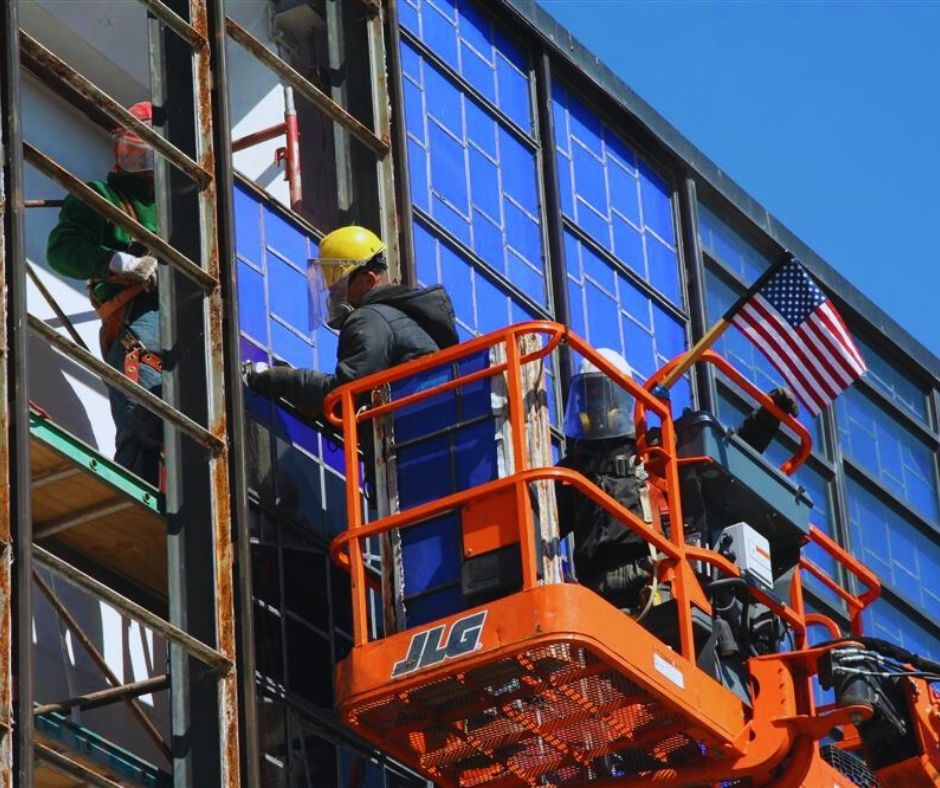Architectural salvage refers to the process of salvaging reusable building materials and architectural elements from buildings that are being demolished, renovated, or dismantled. These materials include items such as doors, windows, flooring, hardware, lighting fixtures, decorative pieces, and structural elements. These salvaged materials are then repurposed or reused in other building projects, reducing waste and preserving the historic and aesthetic aspects of older structures.
The practice of architectural salvage has had a significant impact on the world in several ways. Firstly, it reduces the amount of waste generated by the construction and demolition industries. According to the Environmental Protection Agency, construction and demolition waste accounts for around 40% of all waste generated in the United States. Salvaging materials from these sites helps to divert this waste from landfills and reduces the need for new resources to be extracted and processed.
Secondly, architectural salvage plays an essential role in preserving the heritage and character of historic buildings. Many older buildings contain unique or rare architectural elements that are not easily replicated using modern materials. Salvaging and reusing these elements can help to maintain the integrity of historic structures and prevent the loss of valuable cultural resources. Additionally, using salvaged materials in new construction projects can add a sense of character and authenticity that is often lacking in new buildings.
Thirdly, architectural salvage can also provide economic benefits to communities. Salvage yards and architectural salvage businesses provide jobs and support local economies by creating demand for skilled tradespeople and craftsmen. Additionally, salvaging and reusing materials can often be a cost-effective alternative to purchasing new materials, making it an attractive option for builders and contractors looking to save money.
Finally, architectural salvage can also have environmental benefits beyond waste reduction. Salvaging and reusing materials can often be more energy-efficient than producing new materials from scratch. For example, reusing a salvaged window frame may require only minor repairs and refinishing, whereas producing a new one from raw materials would require significantly more energy and resources.
We at Olde Good Things, love architectural salvage and have been at this practice for over 30 years. We consider it one way we have been reducing our carbon footprint and supporting a cleaner planet. We hope you will join us in this “green” pursuit, and when building or remodeling, always look for how you can reuse salvaged materials before shopping new.





